Synthesis of poly(silyl ether)s via copper-catalyzed dehydrocoupling polymerization
Xioqing Wng, Yuqing Bi, Xioyong Zhi, Bo Wu,*, Yonggui Zhou,*
a Department of Fine Chemicals, State Key Laboratory of Catalysis, Dalian Institute of Chemical Physics, Chinese Academy of Sciences, Dalian 116023, China
b University of Chinese Academy of Sciences, Beijing 100049, China
Keywords:Poly(silyl ether)s CuH catalysis Dehydrocoupling Environmental and economic benign Good thermal stability
ABSTRACT The development of efficient method to prepare poly(silyl ether)s (PSEs) is highly desirable.Herein, an environmentally sustainable copper-catalyzed dehydrocoupling polymerization was developed with good yields and high molecular weight (up to 48,400 of Mn and up to 97% yield).Monomers of different types(AB type or AA and BB type) are suitable to afford PSEs.The PSEs show good thermal stability and low glass-transition temperature.
Polymers containing a silicon-oxygen bond in the main-chain have a prominent position in polymers, owing to their great importance in high-temperature elastomers, conductive polymeric materials, chiral column packing materials and degradable materials[1–6].Considering the remarkable importance of this framework,poly(silyl ether)s are recognized as one of the most important class of polymers as their promising degradability, thermal stable and thermo mechanical properties [7–9].Thus, the synthesis of poly(silyl ether)s is of great interest.Over the past few decades,poly(silyl ether)s could be obtained by polyaddition [10–13], polycondensation [14–17] and hydrosilylation polymerization [18–23].Despite continuous progress toward the preparation of poly(silyl ether)s, conventional methods have limited substrate scope or involve hazardous stoichiometric byproduct.Of note, dehydrocoupling polymerization of silanes and alcohols is an effective and atom-economical way to obtain poly(silyl ether)s (Scheme 1a).However, the catalytic systems are mostly based on precious metals such as palladium [24,25], platinum [26], rhodium [27–30] and iridium [31,32].Recently, the catalytic systems derived from inexpensive, earth-abundant metals such as manganese [33] or iron[34] have been reported.Hence, developing a cheap, ease of handling and low toxic catalytic system for the synthesis of poly(silyl ether)s is still highly desirable.
The CuH-catalyzed system has merits of wide functional group compatibility, environmental and economic benign, thus it might be an excellent choice to synthesize poly(silyl ether)s.Since the initial CuH raised by Stryker in 1988, CuH chemistry has blossomed over the past two decades [35].And one of the mature CuH catalyzed reactions is protection of alcohol to form silyl ethers[36–38].We envisioned that this method could be used in dehydrocoupling polymerization to prepare poly(silyl ether)s.And very recently, our group applied Ir-H catalyst generatedin situto synthesize PSEsviathe dehydrocoupling polymerization of silyl alcohol monomers [31,32].As an extension to our efforts in the construction of poly(silyl ether)s [31,32,39,40], we present our results on the successful application of CuH catalyzed dehydrocoupling polymerization of AB-type monomers containing silane and hydroxyl groups and AABB-type monomers of dihydrosilanes and aliphatic diols to afford poly(silyl ether)s with up to 48,400 of Mn and up to 97% yield (Scheme 1b).This approach features atom economy, low catalyst loading, broad substrate scope and excellent reactivity.
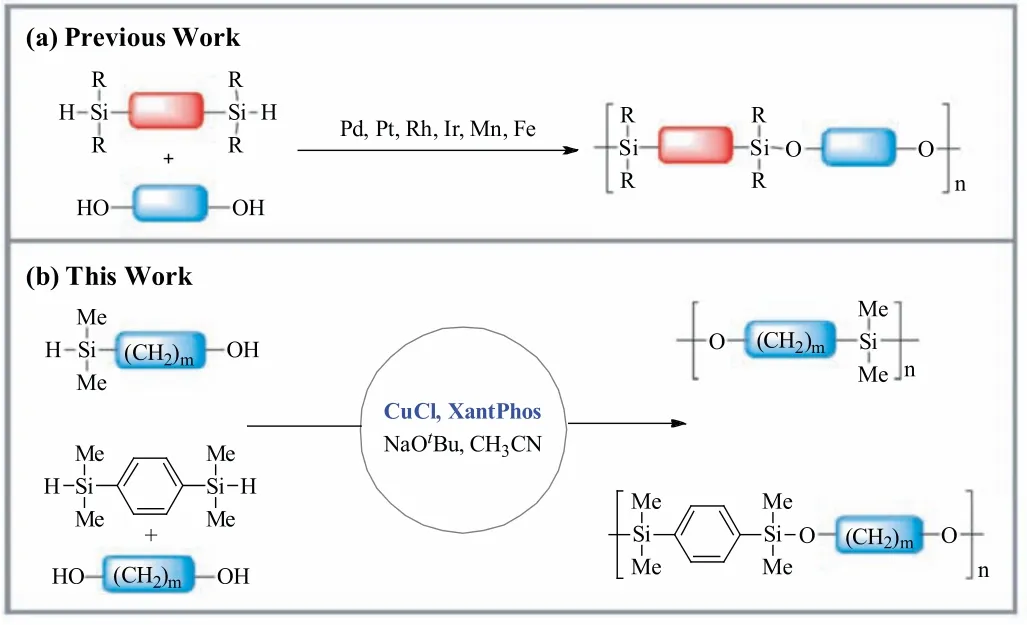
Scheme 1.Copper-catalyzed dehydrocoupling polymerization.
At our outset, monomer 1a was chosen as the model monomer to conduct the condition optimization.To our delight, the dehydrocoupling polymerization performed smoothly in neat, delivering poly(silyl ether) in 96% yield with Mn of 9,300 (Table 1, entry 1).Then, we screened various solvents and found that CH3CN proved to be the most suitable solvent, giving the desired product in 88%yield, Mn value of 15,100 and PDI of 1.61 (entry 3).Whentert-butyl methyl ether was used as solvent, the conversion declined to 73%and Mn declined to 4600 (entry 4).Notably, other solvents such as DCM or THF were not effective for dehydrocoupling polymerization(entries 5 and 6).It is an interesting phenomenon that using the solvent which was insoluble for polymer, the better yield and Mn was obtained.
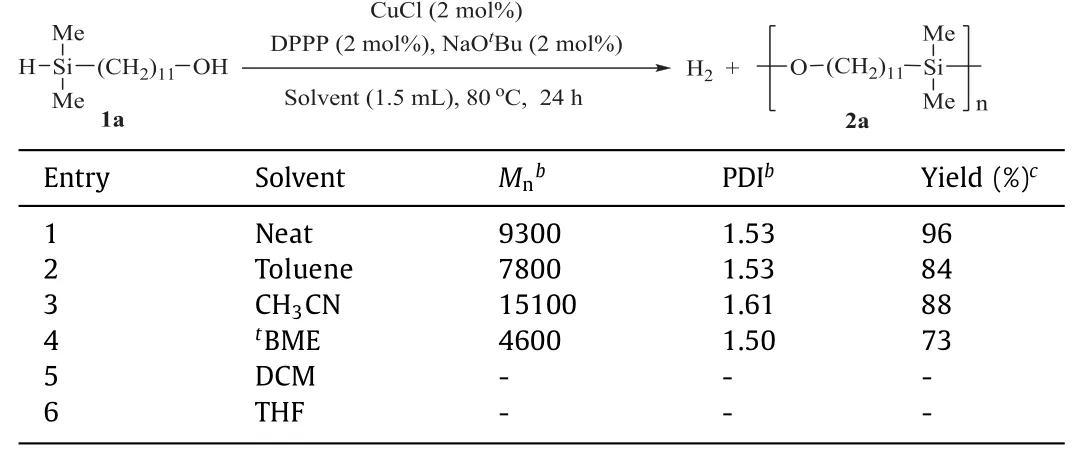
Table 1 Condition optimization.a
Subsequently, a systematic ligand screening was carried out.We were pleased to find that bisphosphine ligands exhibited significant importance in adjusting reactivity and molecular weight(Table 2).It was found that L2–L5 gave the desired product 2a in good yield (entries 2–5).In contrast to L2, L3 exhibited higher molecular weight, probably due to the more steric hindrance of ferrocene skeleton (entries 2 and 3).When L4 and L5 were used as ligand, they showed the similar activity, while the more rigid skeleton L4 showed higher molecular weight and better PDI (entries 4 and 5).When L6 was used, the Mn was sharply decreased to 6700 (entry 6).Considering the molecular weight and yield, L4 was regarded as the best ligand for this reaction, furnishing the desired product in 97% yield with Mn value of 25,400 and PDI of 1.77(entry 4).Considering the effect of temperature on the reaction,we tried to change the temperature in order to improve the Mn and PDI (entries 7 and 8).Disappointedly, the reaction provided the corresponding product with better PDI but lower Mn when the reaction temperature decreased (entry 7).Elevating temperature,the reactivity decreased compared to 80 °C (entry 8).Afterwards,catalyst loading was performed carefully.The catalyst loading had obvious influence on the value of Mn (entries 9 and 10).Regardless of whether CH3CN was decreased or increased, the most suitable solvent loading was 1.5 mL in view of yield, molecular weight and PDI (entries 11 and 12).When reaction time was prolonged to 48 h, polymer with better PDI was given, nevertheless, the yield of 2a dropped (entry 13).Thus, the optimized reaction conditions were established:CuCl (2 mol%), NaOtBu (2 mol%), L4 (2 mol%),CH3CN (1.5 mL), 80 °C, 24 h.
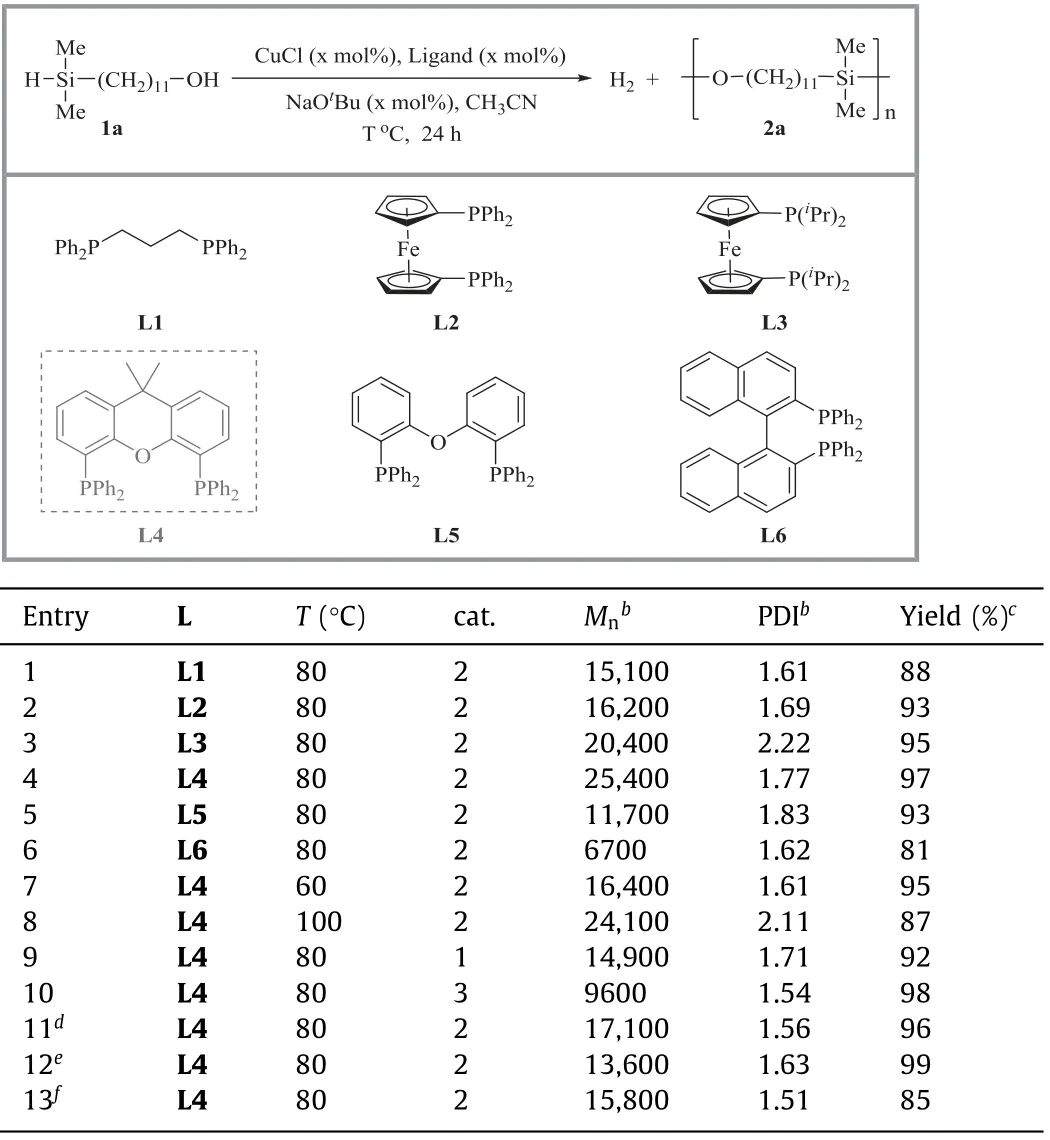
Table 2 Further condition optimization.a
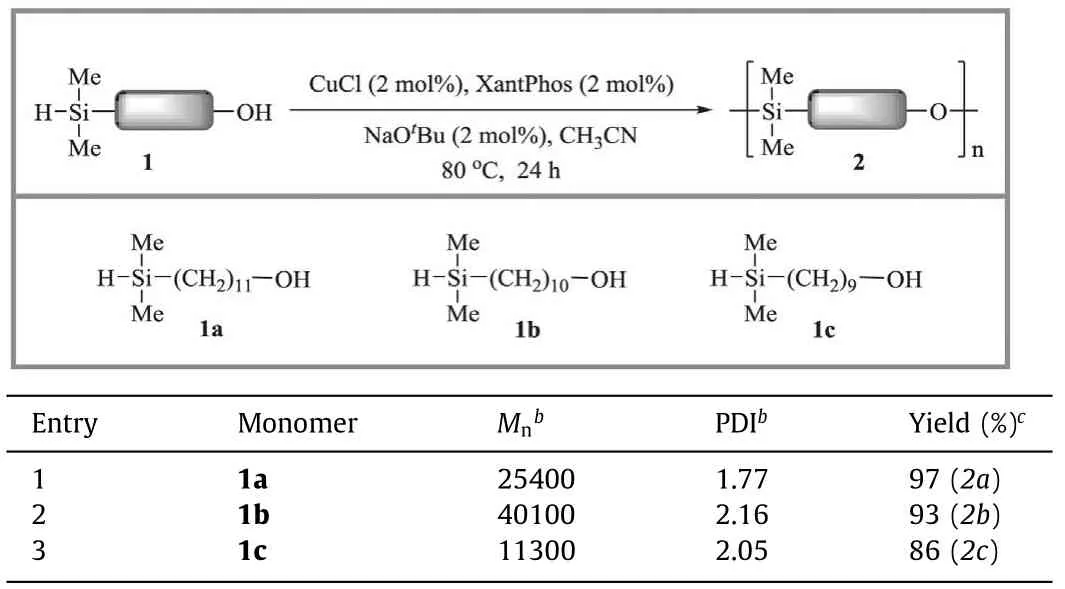
Table 3 Substrate scope:AB-type monomers.a
With the optimized conditions in hand, we next investigated the substrates scope by carrying out polymerization of AB-type monomers (Table 3).In all cases, the dehydrocoupling polymerization performed successfully, delivering the corresponding poly(silyl ether)s in good yields with high molecular weight and narrow molecular weight distribution.And the effect of the length of link between –OH and –SiH had only marginal influence in yield while affected molecular weight.For example, the cross-dehydrocoupling polymerization furnished the desired products 2a and 2b in Mn of 25,400 and 40,100, respectively (entries 1 and 2).
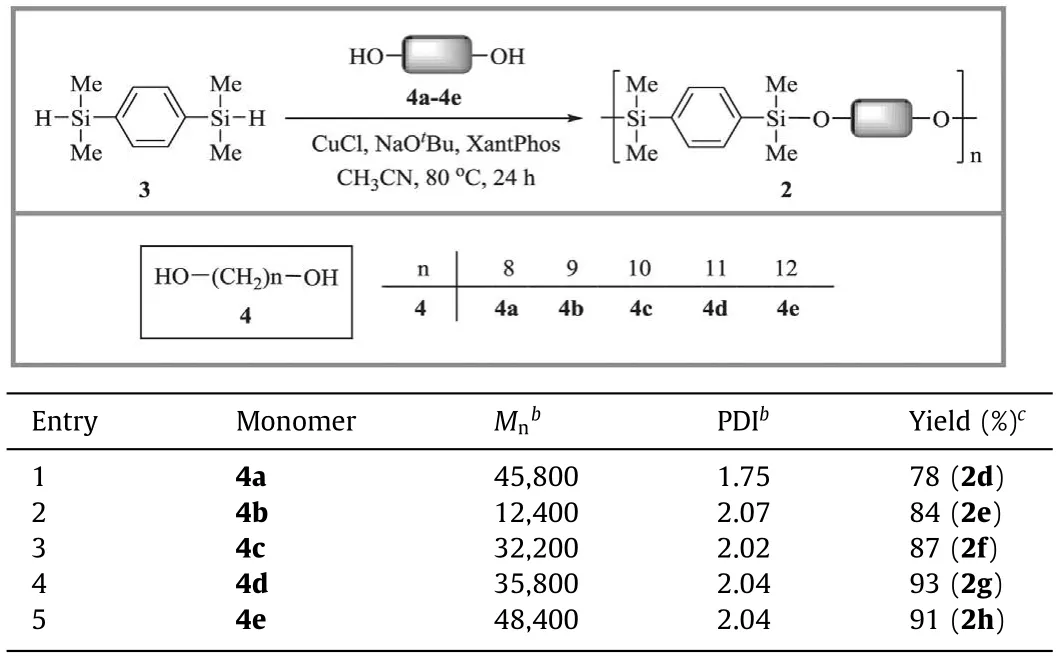
Table 4 Substrate scope AA and BB type monomers.a
Encouraged by the above mentioned results, we continued to investigate into AABB-type of polymerization (Table 4).It was noted that a series of aliphatic diols were performed smoothly with 1,1,3,3-tetramethyldisiloxane 3.Pleasingly, good yields, high molecular weight and narrow molecular weight distribution (up to 93% yield and 48,400 of Mn) were achieved under the standard conditions.Monomer 4b showed lower molecular weight, probably due to the property of moisture absorption (entry 2).In order to improve the molecular weight of 2e, the ratio between the starting monomers was changed.However, it failed to get higher molecular polymer.When monomers 3 and 4b were used in the ratio of 1:1.2, the corresponding polymer was obtained with lower Mn and yield (Mn = 2500, PDI = 1.93, yield = 70%).When the ratio of monomer 3 and 4b was 1.2:1, Mn and yield were light decreased(Mn = 7,200, PDI = 2.15, yield = 75%) (Scheme S3 in Supporting information).
It is worth to mention that 4c derived from renewable feedstock was also well compatible to deliver the corresponding product 2f with 87% yield and Mn of 32,200 (entry 3) [41].Developing polymeric materials from the renewable feedstocks advanced the sustainable development.Applying monomer 4e with long chain length link, a high-molecular-weight polymer 2h with Mn of 48,400 was obtained (entry 5).The results indicated that this protocol was suitable with commercial inexpensive source of diols 4a–e (entries 1–5).
Thermal properties of some representative polymers from AABB-type monomers were investigated under nitrogen atmosphere using TGA and DSC as shown in Figs.S19–S22 (Supporting information).For polymers 2e and 2h with different chain length link showed similarT50values and glass transition temperatures.Additionally, theT5value of 2h was slight higher than 2e may due to the longer chain link.The results of TGA indicated these polymers with good thermal stability.For polymer 2e and 2h, glass transition temperatures could be detected at -56 °C and -58 °C,respectively.
PSEs are known for their potential to undergo degradation due to the nucleophilically labile Si-O-C bonds in the backbone.The alcoholysis and hydrolysis of polymer 2e were examined at room temperature.The change in the Mn value of polymer 2e was monitored by GPC.The alcoholysis of polymer 2e was examined in a THF/methanol mixture at room temperature.As shown in Table S1(Supporting information), the Mn value of the polymer dropped slowly.The Mn value of the polymer could almost keep constant within 11 h, then decreased to 7,100 within 96 hviaslow degradation.The hydrolysis of polymer 2e was examined in a THF/HCl mixture at room temperature (Table S2 in Supporting information).As expected, 2e did prove to be susceptible to acid-catalyzed hydrolysis, exhibiting complete degradation within 4 h.
On the basis of the previous mechanism for the CuH-catalyzed preparation of silyl ethers [35], a plausible catalytic cycle for dehydrocoupling polymerization is proposed as shown in Scheme S4(supporting information).Firstly, the silane is presumably responsible to give active CuH species.Then, CuH species undergoesσbond metathesis with diol 4 to give intermediate B accompanied by evolution of hydrogen gas.Subsequently, it would interact with the hydrosilane 3 and facilitate theσ-bond metathesis to regenerate CuH species A, and complete the catalytic cycle.
As shown in Figs.S1 and S2 (Supporting Information), the kinetics of polymerization under 10 and 0 °C was performed.At 10 °C, the reaction conversion increased quickly, reaction conversion reached 38.5% within 62 min.According to these time courses at different temperatures, the relation between ln[1/(1-x)] and reaction time is found to be in linearly.And the calculated reaction rate constants are 0.1015 h-1and 0.4396 h-1at 0 °C and 10 °C, respectively.According to these data, the calculated apparent activation energy of polymerization in the temperature range of 0–10 °C is 94.2 kJ/mol.
In conclusion, either AB-type of silyl alcohol monomers or AABB-type of dihydrosilane and aliphatic diols can be catalyzed by earth-abundant Cu/bisphosphine ligand, giving a series of poly(silyl ether)s with up to 48,400 of Mn and up to 97% yield.Further applications of CuH catalyst to obtain PSEs are undergoing in our laboratory and will be reported in due course.
Declaration of competing interest
The authors declare no conflict of interest.
Acknowledgments
Financial support from National Natural Science Foundation of China (No.21690074) and Chinese Academy of Sciences (Nos.XDB17020300, DICP I202015) is acknowledged.
Supplementary materials
Supplementary material associated with this article can be found, in the online version, at doi:10.1016/j.cclet.2021.09.054.
 Chinese Chemical Letters2022年5期
Chinese Chemical Letters2022年5期
- Chinese Chemical Letters的其它文章
- Recent advances in enhancing reactive oxygen species based chemodynamic therapy
- An integrative review on the applications of 3D printing in the field of in vitro diagnostics
- Recent developments of droplets-based microfluidics for bacterial analysis
- Dynamics and biological relevance of epigenetic N6-methyladenine DNA modification in eukaryotic cells
- Recent progress in advanced core-shell metal-based catalysts for electrochemical carbon dioxide reduction
- Recent advances in carbon-based materials for electrochemical CO2 reduction reaction
